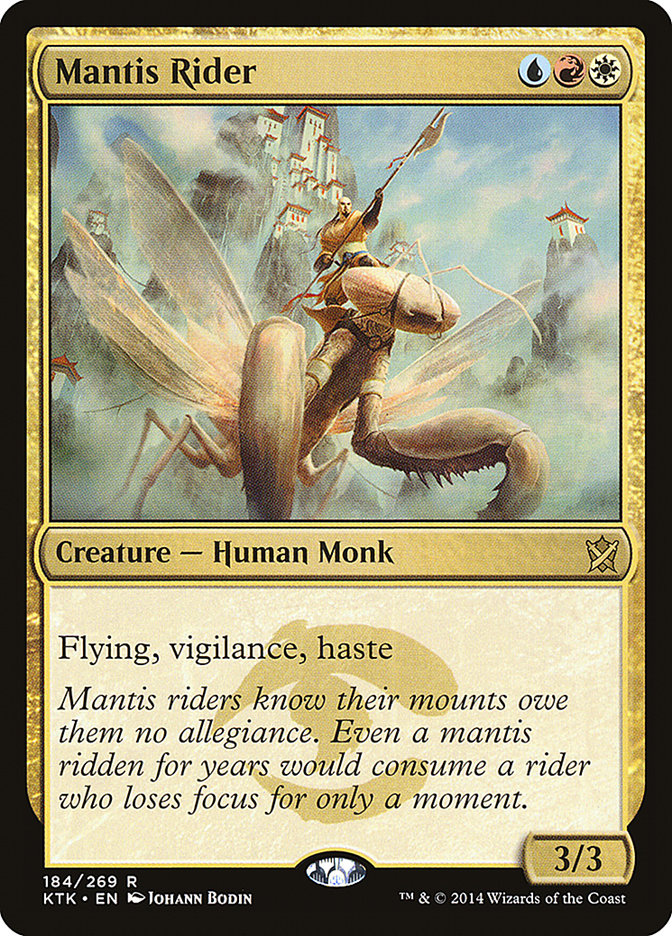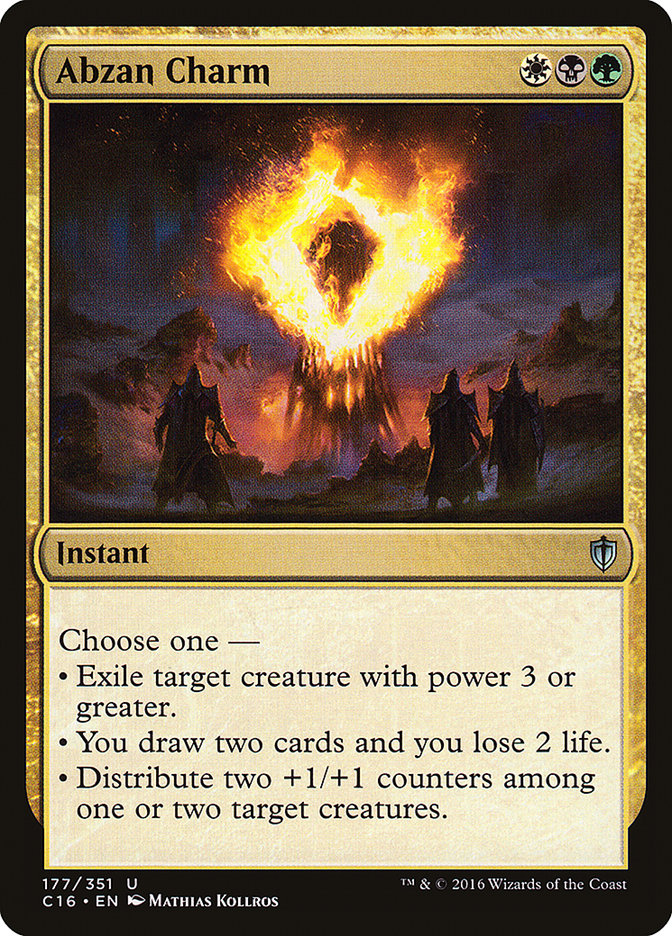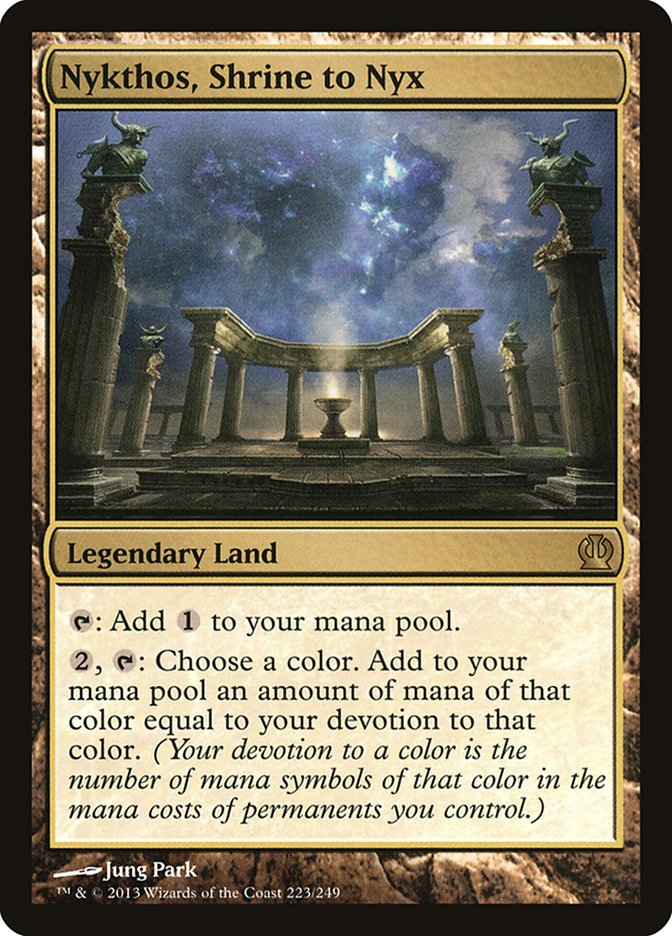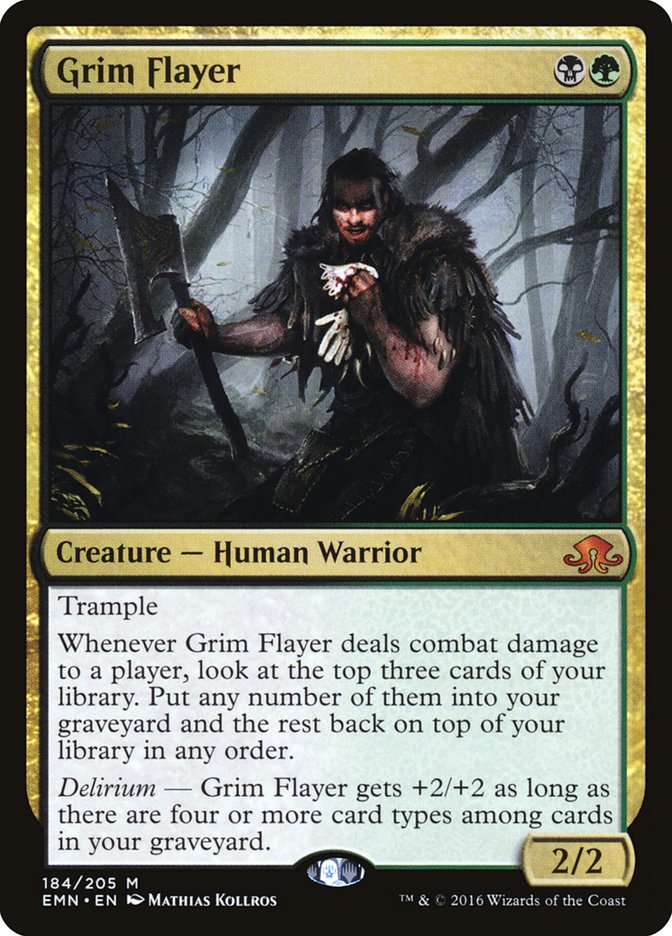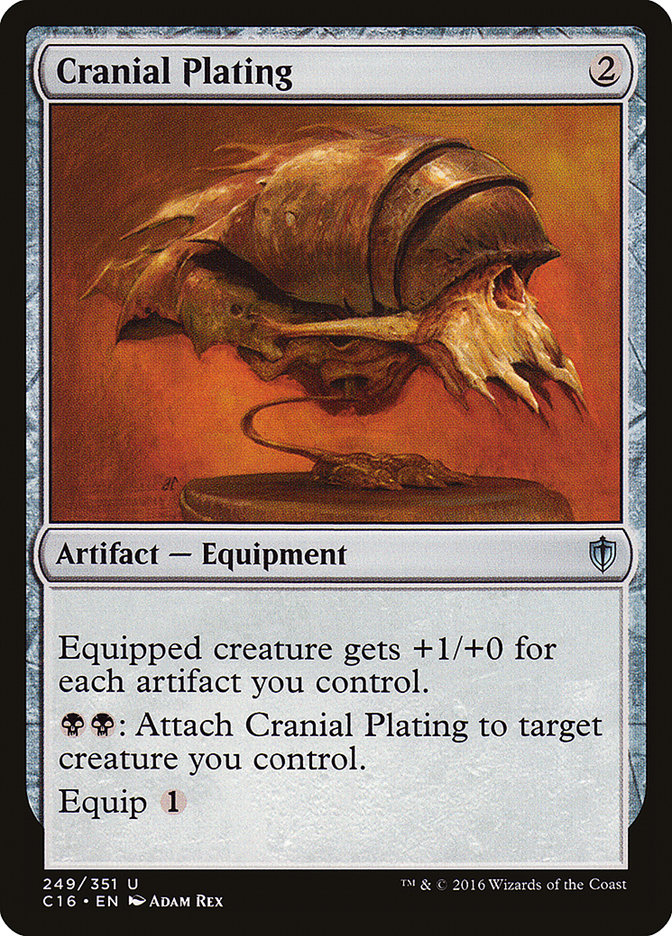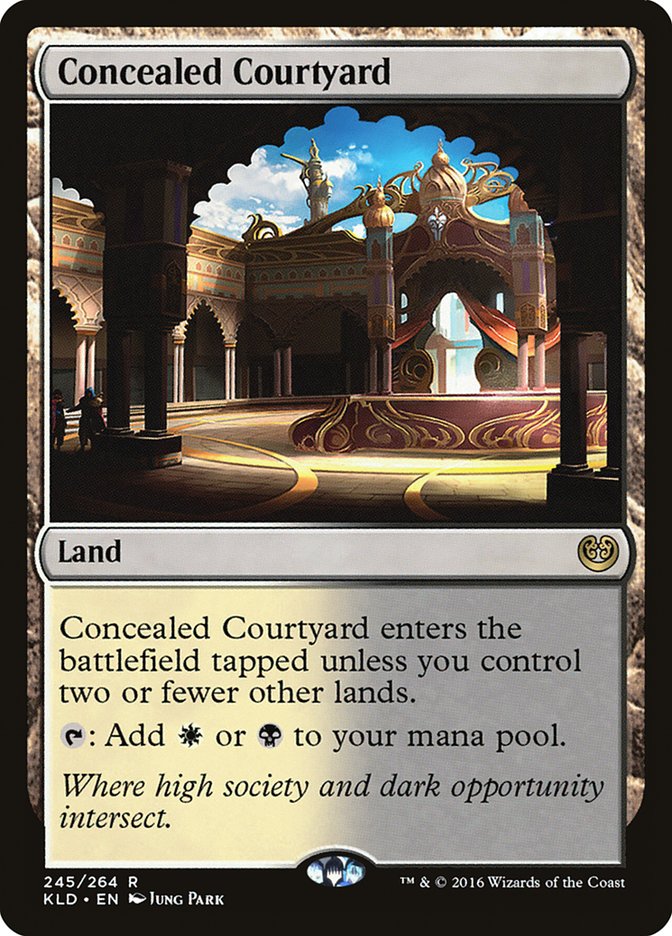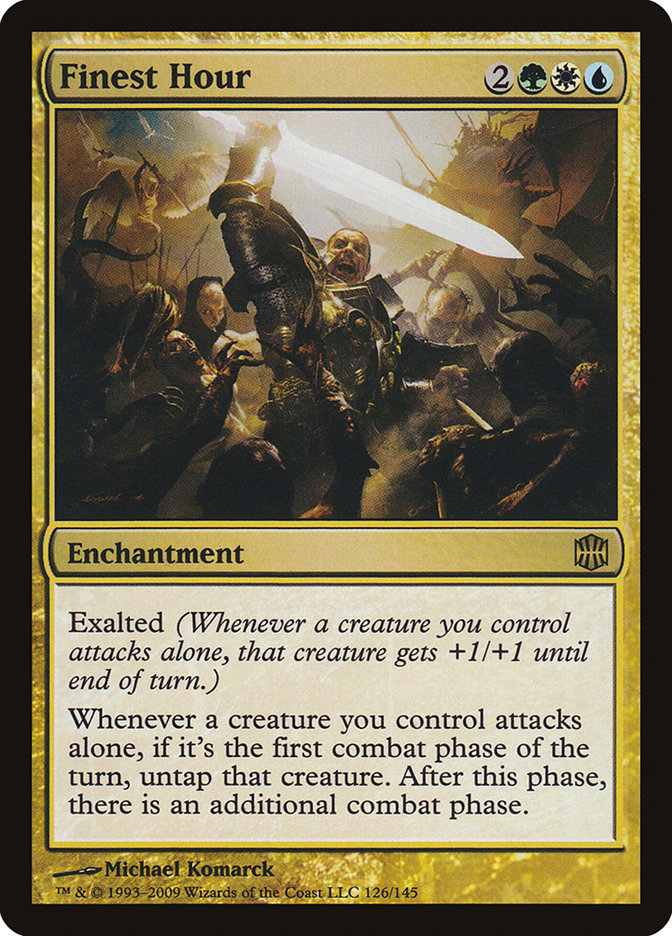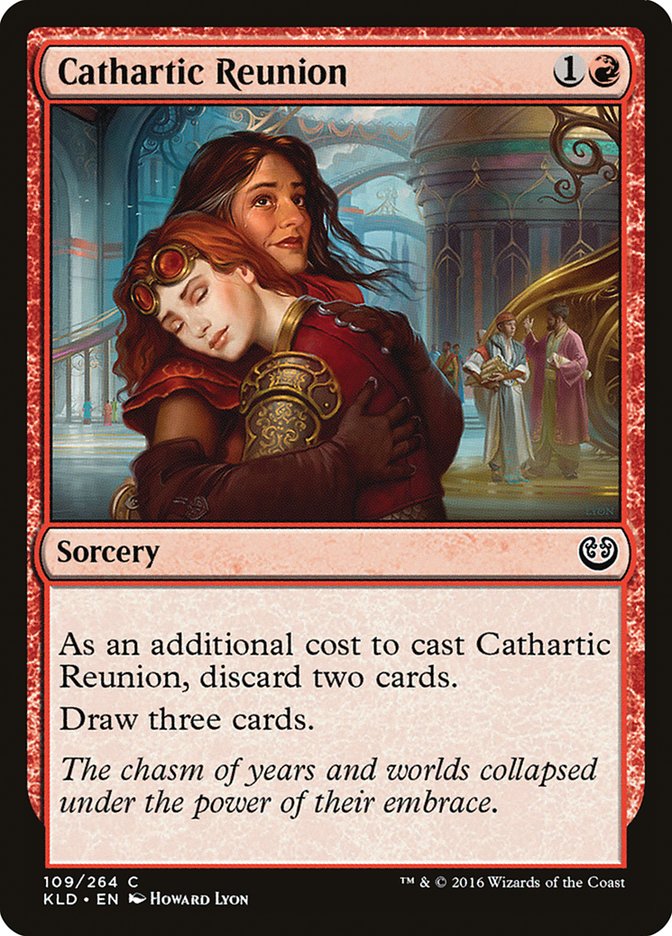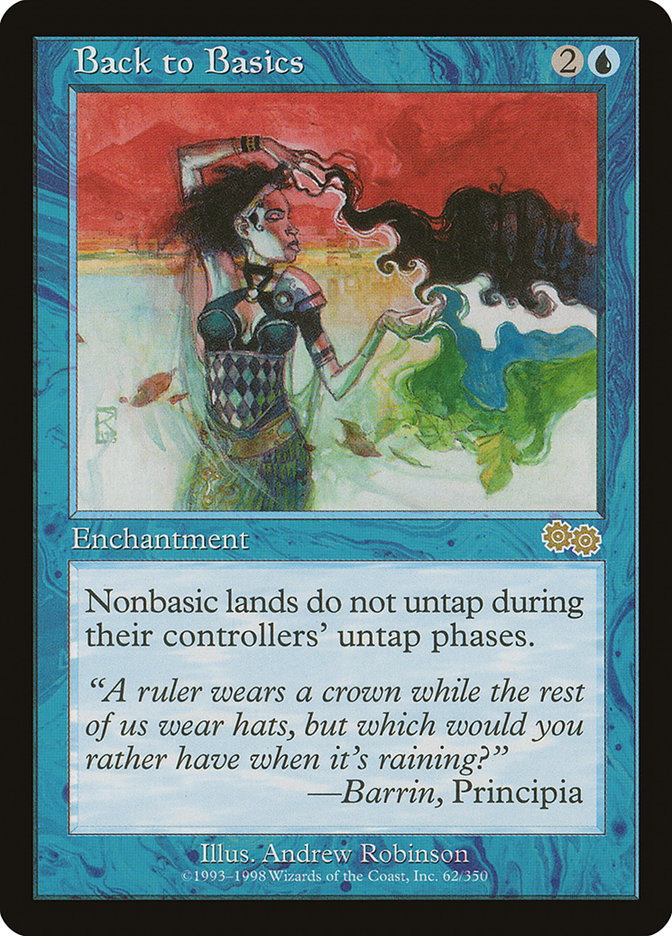For the past two years, the end of my Magic year has come with frenzied slate of tournaments to ensure that I qualify for #SCGPC, capped off with participating in the illustrious sixteen-person tournament. This year, however, the competition for those slots was fiercer than ever, and earning your way in would require nothing less than the utmost dedication to the SCG Tour for at least a third of the year, if not more.
I was unable to muster that kind of dedication, nor did I put up an abnormally strong stretch of finishes to overcome my lack of events played, so I find myself in a different place this December: that of a spectator.
The #SCGPC is a unique and special experience as a player, but I am somewhat enjoying the more relaxed pace to the holiday season, and without fear of jeopardizing my preparation, I want to impart on you, the readers, the knowledge I have gained over two years playing in the event so that you can better understand the intricacies of what is happening this weekend.
This will not contain my predictions for what specific decks everyone will bring (your guesses would be as good as mine), but more a perspective on how the players will be preparing this week and what I believe is the best way to put yourself in a position to succeed.
One for the Money
The first Players‘ Championship was more of a crapshoot than anything else. No one had played a tournament like it, so we were acting as guinea pigs, trying to do the best we could but knowing that our best would be far from ideal. As a result, most players, myself included, brought the tools they were most comfortable with, especially in Legacy. I played Elves. Tom Ross played Infect. Reid Duke played Miracles.
The one surprise was Joe Lossett, who, along with Kent Ketter, concocted a rogue Reanimator build in an attempt to take the field by surprise. Joe made Day 2 in the difficult field but it was fairly clear that the gambit hadn’t paid off in the way they had hoped.
Ultimately the tournament was won by Brad Nelson, who is good at capitalizing on a small, easily predictable metagame, designing his Sultai Reanimator deck for a field heavy on Jeskai, Heroic, and Midrange decks.
Creatures (24)
- 2 Hornet Queen
- 4 Sylvan Caryatid
- 4 Courser of Kruphix
- 4 Satyr Wayfinder
- 2 Doomwake Giant
- 2 Pharika, God of Affliction
- 1 Soul of Innistrad
- 1 Reclamation Sage
- 4 Sidisi, Brood Tyrant
Lands (24)
Spells (12)

At the time, none of us was too surprised that the field ended up being quite predictable. There was no off week between that tournament and the Season 4 Invitational in Seattle, the results of which would set over half the field. If you were going to start preparing before that, you would be doing so with a degree of uncertainty over the metagame, which is the most important variable in such a small field. The leaderboard gave you some idea of who was likely to make it, but with only sixteen people, two to three players make a significant impact on the metagame.
Add to that the fact that the Khans of Tarkir Standard format that fall was incredibly dynamic, changing drastically from week to week, and it was very difficult to prepare with a specific deck while hoping it would remain viable by the time the tournament came around. The Jeskai Tokens deck that much of the field played was only unveiled two weeks prior, and anyone preparing more than a month or so in advance would’ve been practicing a metagame of Abzan Midrange, Jeskai Aggro, and G/B Devotion, none of which had a single representative in the tournament.
It was the first iteration of a unique tournament, and all the participants learned a lot. Those of us that were fortunate to earn a repeat appearance were looking to use that knowledge to our advantage. The second Players’ Championship would be marked by its unpredictability.
Two for the…Well, Still Money
The dominant narrative of the tournament was the Roanoke contingent: Tom Ross, Brad Nelson, and Todd Anderson, all teaming together for the tournament. That’s nearly 20% of the field and three of its strongest players all united, and they certainly shocked the field bringing Death and Taxes for Legacy. In a field full of Delver decks, it was a great choice, and they dominated the early group play.
But Jim Davis would be their undoing on the second day, making a bold choice bringing G/R Eldrazi and defeating all three of the Jeskai Black-wielding Roanokers.
Creatures (18)
- 2 Dragonlord Atarka
- 2 Den Protector
- 4 Hangarback Walker
- 2 Oblivion Sower
- 4 Ulamog, the Ceaseless Hunger
- 4 Jaddi Offshoot
Planeswalkers (4)
Lands (25)
Spells (13)

No one expected G/R Eldrazi or Death and Taxes, and the pilots of those decks were rewarded handsomely. But it has to be noted that, by taking his risk in Standard, Jim was rewarded most of all.
So what does all of this mean for this weekend?
Money!
Like last year, this year’s Players’ Championship features group play with Modern and Legacy on Day 1 followed by single-elimination Standard on Day 2. Because most of the field makes Day 2, the goal for Day 1 is simply to survive. Yes, it would be nice to have a bye on the second day to make things a little easier, but it takes a lot of effort to get that bye, and you can regain that equity and more by coming prepared with the best deck for Standard.
Unlike last year, there is a week off between the last Invitational of the year and the Players’ Championship, a week which I sure wish I had for the last two years. That’s a week to recover from a grueling travel schedule, coordinate testing groups, and put in some dedicated hours to analyzing the field and testing new decks for the expected metagame.
Even with that extra time, testing three formats is extremely difficult.
Players are going to have more time to test and innovate as a result of that testing, but they are going to have to pick their spots. In my opinion, the best place to innovate is in Standard, where the payoff is the highest.
Interestingly, we have a more stagnant Standard format than we did leading up to either of the previous two tournaments, which makes innovating harder. Common wisdom is that B/G Delirium beats W/U Flash beats R/G Aetherworks, with Mardu Vehicles and Jeskai Control in the background to keep everyone honest.
The Rock-Paper-Scissors game leaves two options. First, you can try to guess where on the wheel most people will land and position yourself with its natural predator. This is a pure metagame decision and one that could prove disastrous if you choose incorrectly. Also, you only need to run into one bad matchup on Day 2 for your day to end. If one person chooses R/G Aetherworks, it doesn’t matter how many W/U Flash players there are for you to prey on with B/G Delirium if that’s who you’re paired against. Taking your risk on the metagame would be a very gutsy call because you’re still playing a deck that everyone has on their radar.
The second option is to try to innovate. It would be very difficult in a format where the top decks have held such a stranglehold on the metagame, but in a small field you can safely ignore the fringe decks and perhaps develop a deck that the top three aren’t prepared for on this particular weekend. This is still a Magic tournament. You don’t need to break the format, just exploit its weaknesses at that particular moment in time.
With everyone focused on the big three, is there a deck that they are all ignoring that can capitalize? Maybe everyone is cutting their anti-aggro cards, making Mardu Vehicles or R/B Aggro a good choice. Trying to play a rogue deck also requires making a very accurate metagame call, this time without the fallback of simply having one of the default best decks. But the payoff is certainly there, since your deck will take the room completely by surprise if you’re right.
The other option for innovation is to tweak one of the big decks. If you think you can safely ignore aggressive strategies or Torrential Gearhulk decks, that might free the sideboard space necessary to overcome your bad matchup on the Rock-Paper-Scissors wheel. An innovative sideboard plan could allow you to hide in plain sight, bringing an archetype that the field thinks they are prepared for, only finding out they aren’t when it’s too late.
The issue with this line of inquiry is that it’s not at all clear whether such a solution to the metagame exists. After all, in a format so heavily saturated by the top decks, such a sideboard plan would be a great choice even in a larger field, so we are likely to have seen it by now. Two weeks is not a very long time, and wasting a significant portion of that time could prove catastrophic. But if someone does execute this plan to perfection, they would be my pick to win the tournament. The payoff doesn’t get much higher than that.
I’ve focused almost entirely on Standard here, and as I’ve noted that’s for good reason. Standard is the most important of the three formats in the tournament and should be the bulk of each player’s preparation. But that doesn’t mean you can ignore Modern and Legacy entirely. Interestingly, Legacy has seen much less play than this year than in past years, so there is a lot less data on the players.
Less information should make the players more cautious. After all, it’s hard to make a metagame call when you’re uncertain on what the metagame will look like. I’m expecting Legacy to be the format where players go with what they know and hope for the best. If anything akin to the Roanoke Death and Taxes contingent emerges this year, I’ll be very surprised.
Modern, however has more data than previous years due to its increased presence on the SCG Tour. It’s also a very wide open format with dozens of viable options. Even though the payoff isn’t as high as in Standard, Modern is a place where I think risk-takers can gain an edge. Almost everyone is going to expect Jeff Hoogland to come with Kiki Chord and Jacob Baugh to come with Dredge, and if they isolate a hole in the potential metagame, they can gain the edge they need to avoid Day 1 disaster or set themselves up with a bye for Day 2.*
*Don’t read too far into those names. I have no inside information and picked them solely because of their pedigree with a specific deck.
However, the vastness of Modern could play against them making a change. Modern will undoubtedly be the format with the most variation in deck choice among the sixteen players, so pinpointing a specific metagame hole could prove difficult, if not impossible. If most of the field views Modern as a crapshoot for that reason, they will be more likely to stay put. If I were playing this weekend, I’d try to identify the handful of players whose typical choice looks poorly positioned and peg them for bringing something new, but beyond that, I’d have players on their first choice.
All of these strategies have risks and pitfalls to avoid. Choosing which road to go down will depend on a lot of factors, from the expected field to the player’s skill set. A talented deckbuilder is going to look to innovate something new, whereas a deck tuner might look to tweak an existing deck. This Players’ Championship field has a great mix of talent, so I certainly expect players to take both paths.
But regardless of their chosen path, all of these questions are going through the sixteen players’ minds right now, and if they’re anything like me, the questions will keep them up every night until decklists are submitted and they can relax.
Good Luck, Have Fun
I’ll be honest and say I miss the anxiety of the last two years. Had I been privy to the changes to the SCG Tour coming next year, I certainly would have tried harder to get into what will be the last Players’ Championship for the foreseeable future. Right now I feel a bit like the retired athlete doing color commentary in the booth. Sure, the new job isn’t nearly as stressful, but only people who secretly like the stress ever make it to such prestigious tournaments.
I do, however, look forward to criticizing everyone’s basic land choices from the safety of my keyboard. You’ve been sufficiently warned; raise your games.


